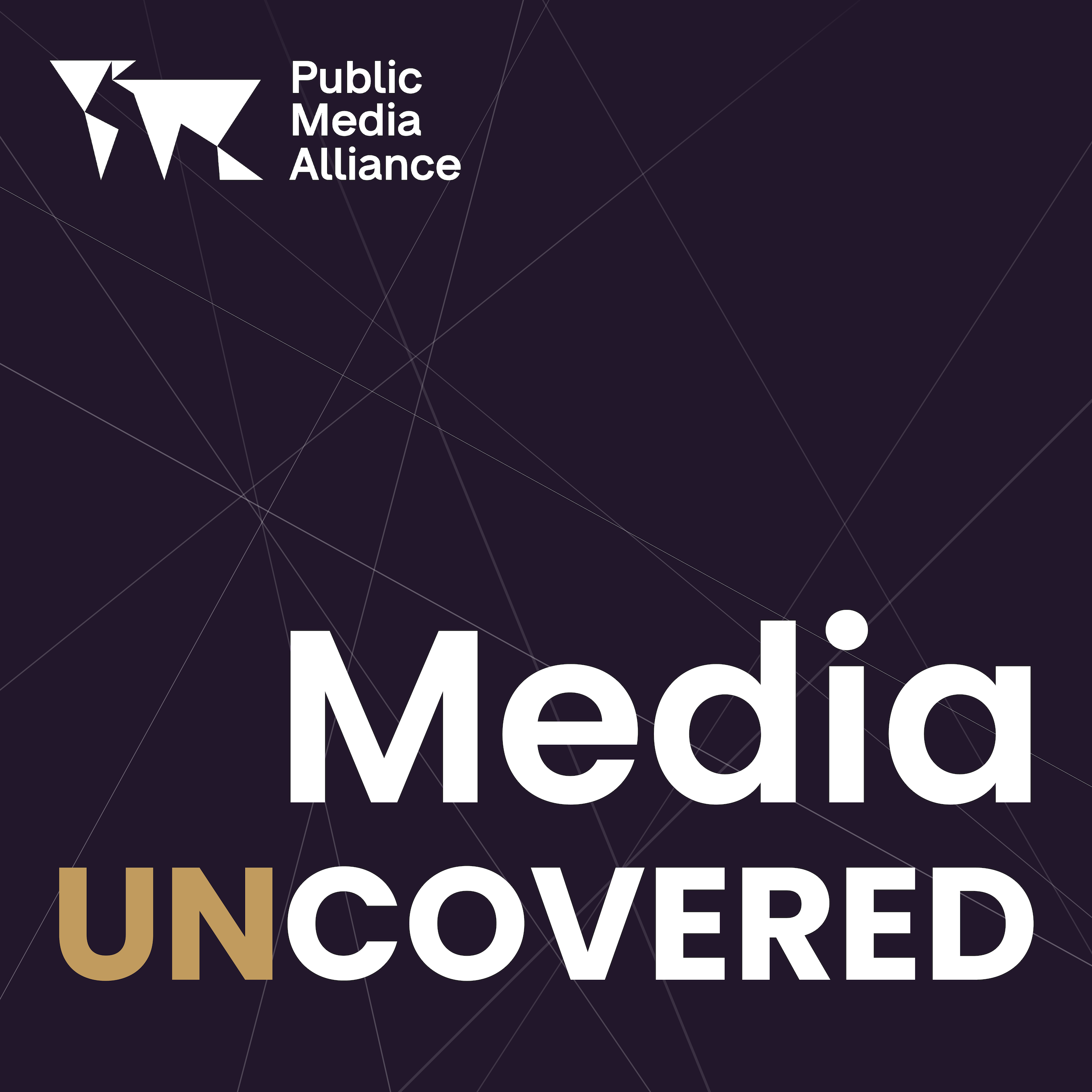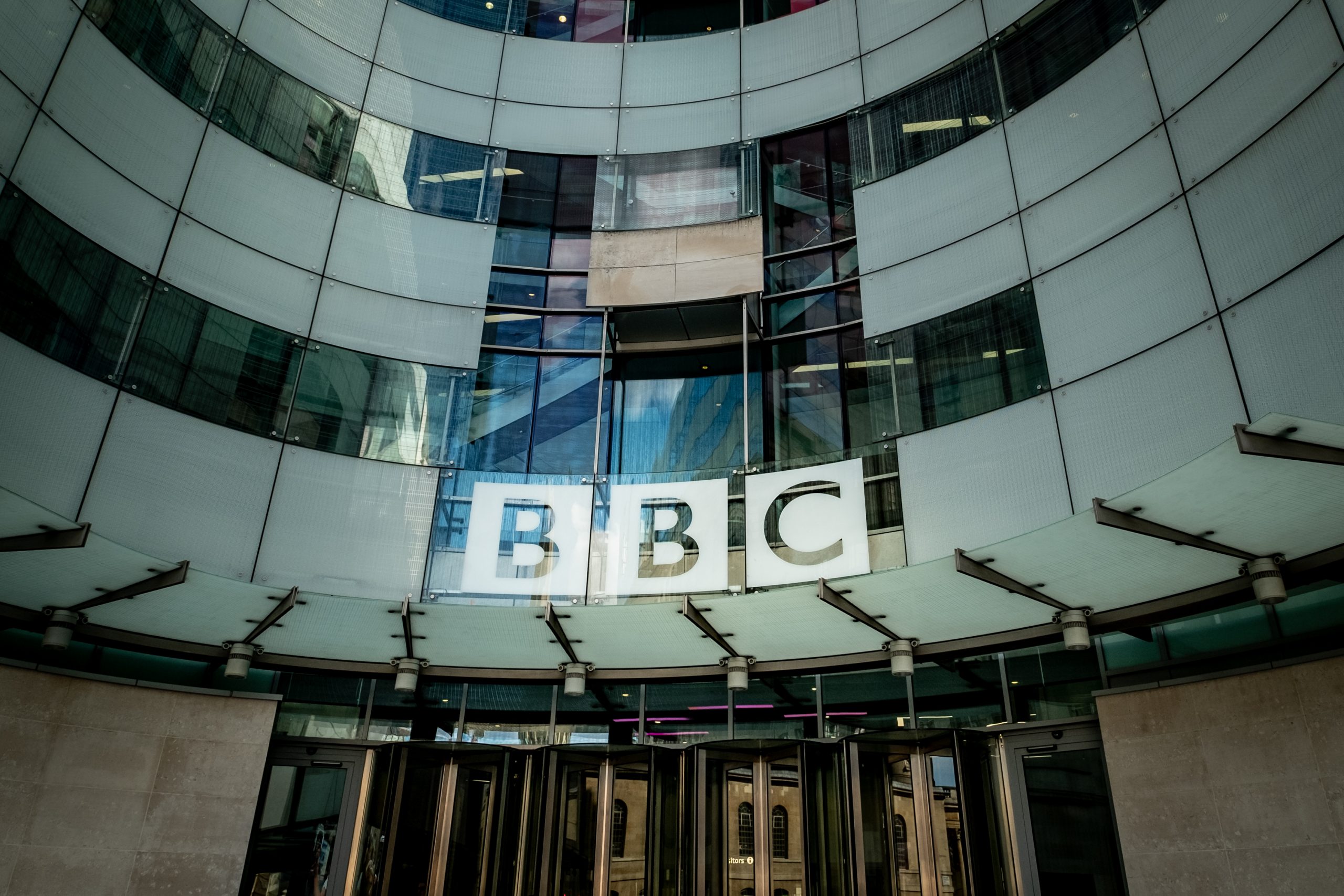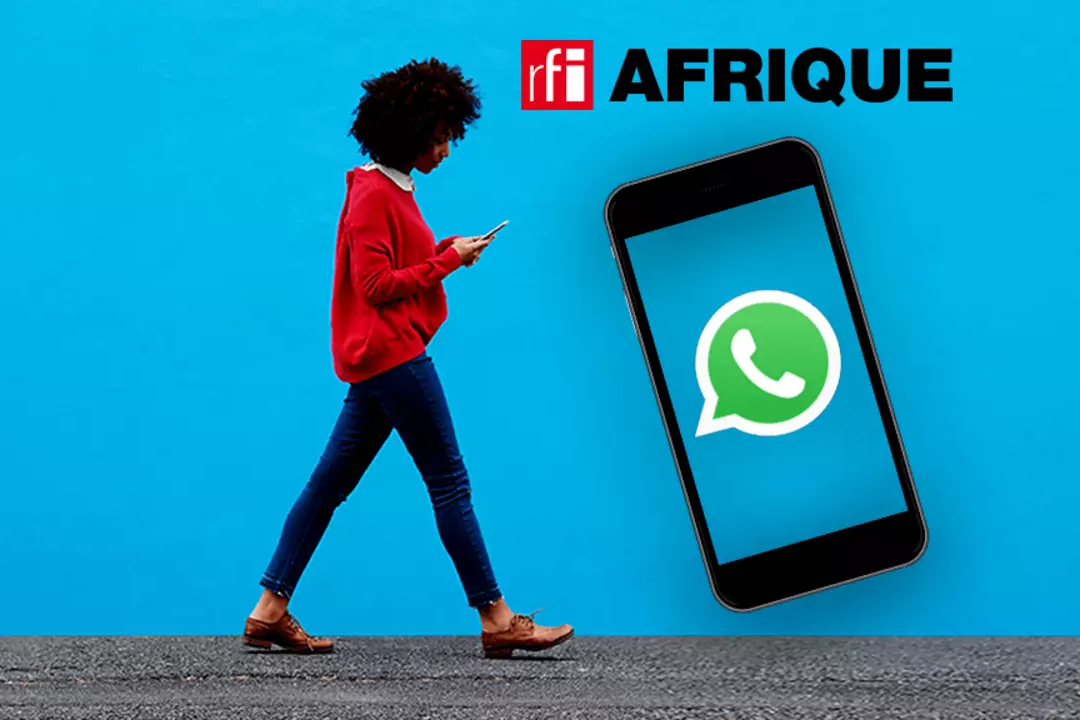WhatsApp, a new channel for broadcasters?
7th February 2024
More and more broadcasters are joining the trend of WhatsApp info channels, some to inform, others to get closer to their audience.
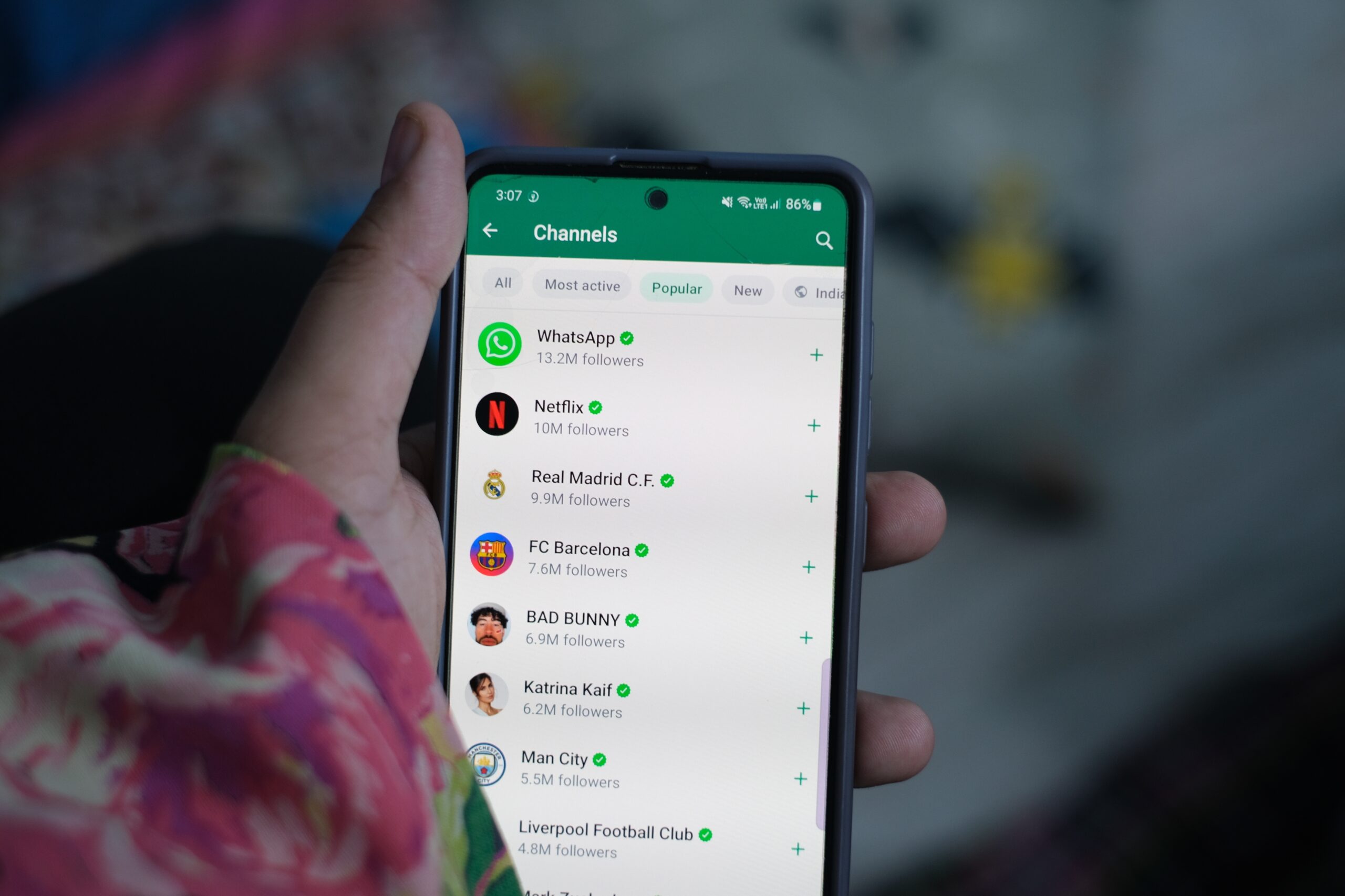
– By Charlotte Pion
As soon as it came out last year, the new channel feature of WhatsApp immediately attracted broadcasters and publishers. The new feature was identified as a way of connecting and informing audiences. For public media, it was another opportunity to engage young and digitally literate people, who they have historically struggled to reach.
However, the principle of this new “one-way broadcasting” tool which brought media closer to their audience was in fact, not so new. WhatsApp was already widely used by some media to inform people, especially in some African countries.
WhatsApp, a new medium.
A brand-new “Channels” tab appeared in WhatsApp in September 2023.
The Meta-owned WhatsApp described the new feature as a one-way broadcast tool through which channel’s administrators can send text messages, photos, videos, and even polls to their followers.
Whatsapp has been one of the Meta company’s networks that has not always been the priority, in a portfolio that also includes Facebook and Instagram. However, a few months ago, the company changed tactics regarding the messaging app. Meta’s intention was to bring WhatsApp back to the forefront, not only in terms of communication, but also in terms of news. Paradoxically, Meta’s other network, Facebook, has taken a step back when it comes to news and information.
Read more: RFI Afrique: Using WhatsApp to disseminate news across the continent
Shortly after the launch of this new option, many broadcasters and publishers jumped on the opportunity and started their own WhatsApp news channels, and they were quickly adopted by the public.
“More than two billion people worldwide use WhatsApp for messaging, customer service, organizing communities, and sharing news headlines,” reported Nieman Lab. As an app that is so widely used and is extremely present in people’s daily lives, WhatsApp appeared as a great way to reach an even wider audience.
Listen toour podcast
Uncovering and exploring the biggest
issues facing public media
WhatsApp in Africa
But it is not the first time that WhatsApp was used by broadcasters to inform people. In fact, since 2019, the French international radio broadcaster, Radio France International (RFI), has used WhatsApp as a way of disseminating trusted news in Africa, reaching audiences across the continent and combatting disinformation and accessibility challenges.
Sinatou Saka, the project lead at Radio France International (RFI), told PMA in a previous interview that WhatsApp was the premier messaging platform for RFI’s audiences in Africa for years. The platform enabled the broadcaster to reach people easily despite the fact that internet costs were very high in some countries on the continent.
“The idea today for the media is to be even closer to their public. WhatsApp offers this important proximity that other platforms don’t have.” – Sylvain Mornet, Editor in Chief at France24
However, before the channels were created, the platform was not made to send messages to a great number of people and was a tedious job to maintain. The new features added on WhatsApp in September have made it possible for an unlimited number of users to follow channels according to their centres of interest and an easier job for the channel administrators.
The perks and the pitfalls
On RFI’s “L’atelier des Médias” radio programme, Quentin Feral, coordinator of the radio programme “Appels sur l’actualité”, and spearhead of the WhatsApp channel for this RFI programme, explained how they used WhatsApp to interact with their audience and build certain radio programmes. “Appels sur l’actualité”, RFI’s interactive radio programme, where listeners react to international news, has been made possible thanks to WhatsApp, where comments that listeners want to pass on air are collected on WhatsApp.
“The idea today for the media is to be even closer to their public. WhatsApp offers this important proximity that other platforms don’t have. It’s an opportunity for today’s media to be on such a platform to exchange directly with their audience and to be able to publish information that will end up on an application that is opened ten, fifteen, maybe even thirty times a day,” said Sylvain Mornet, editor in chief for France24.
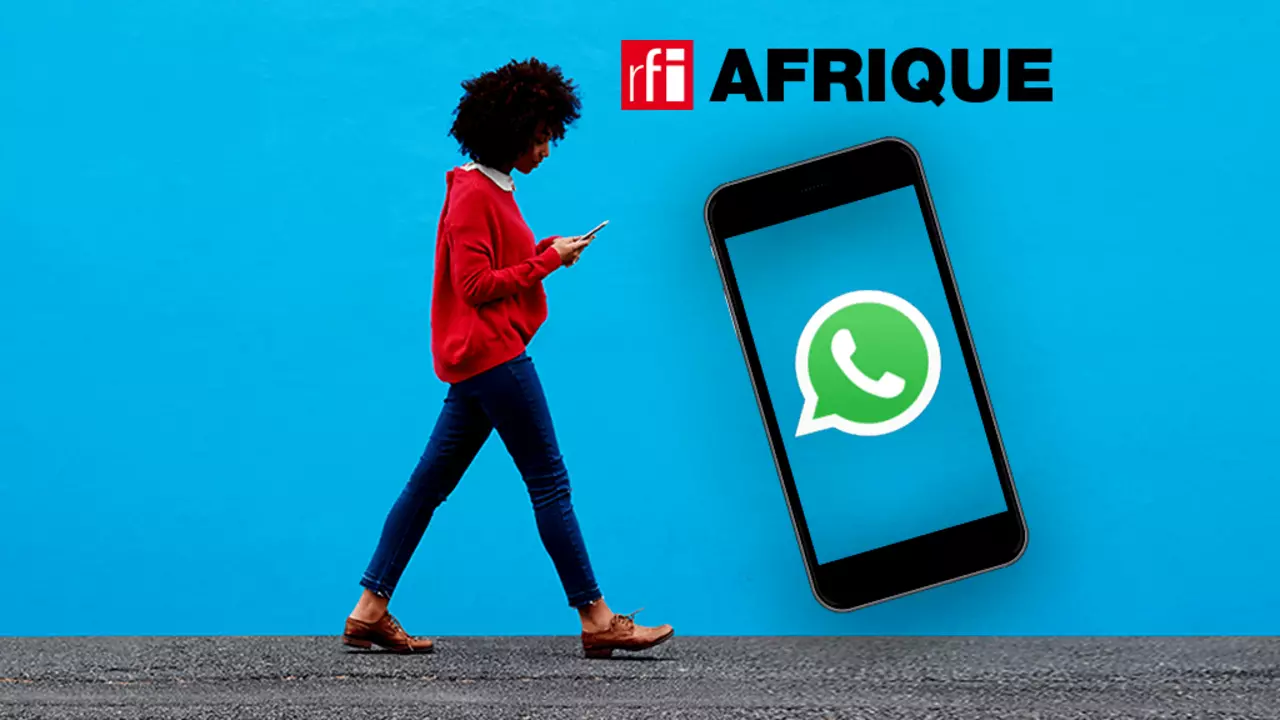
France24 and RFI, two broadcasting companies part of the France Media Monde group started their WhatsApp channels as soon as the feature came out and have already gathered millions of subscribers.
Both Feral and Mornet agreed that RFI and France24’s WhatsApp Channels provided a completely different aspect to their broadcasts, giving their audience access to certain complementary content, as well as a ‘behind the scenes’ aspect to the programmes.
“We’re really putting media in people’s pockets”. Nolwenn Guyon, head of social media for France Médias Monde, said. One of the great advantages of WhatsApp channels, Guyon said, is when it comes to disseminating information, “There is no algorithmic selection, so it’s a totally transparent hierarchisation of information”.
“Tracking disinformation on WhatsApp is particularly challenging because it occurs in close-knit spaces, making it highly likely to reach individuals with lower and medium levels of media literacy.” – Olatunji Olaigbe, expert in cybersecurity and disinformation at CybAfriqué
However, this new feature did not come without its dangers. “The fact that anyone can create a channel and reach many people at a glance poses a high risk that users will abuse,” said Lois Ugbede, a researcher at the West Africa fact-Checking organisation Dubawa, to the International Journalists’ Network. Caleb Ijioma, the executive director of RoundCheck, a Nigerian fact-checking organization, expressed his fears that a lack of regulation around the Channels feature will increase the spread of misinformation on the platform.
While Africa-based fact-checking organizations such as Dubawa, Africa Check, The Cable, and the International Centre for Investigative Journalism have their own WhatsApp channels to share verified information with their followers, they often face challenges due to the overwhelming number of channels spreading disinformation.
Olatunji Olaigbe, a disinformation and cybersecurity expert at CybAfriqué, noted, “Tracking disinformation on WhatsApp is particularly challenging because it occurs in close-knit spaces, making it highly likely to reach individuals with lower and medium levels of media literacy.”
But disinformation can also be fought through WhatsApp. This is what happened in Spain even before the channels feature even existed. MediaWise, an initiative focused on digital media literacy, developed a course to educate people to spot misinformation online.
The Reuters Insitute reported that together with the Spanish news outlet Newtral, MediaWise created a course made of ten lessons designed to fit in a WhatsApp message, either as a text or video to help them recognising fake news on news media website but also on social media. The idea to deliver the course on WhatsApp was because of the popularity of the platform in Spain, but also because WhatsApp itself hosts a lot of disinformation and the course would help people to recognise it.
WhatsApp, a new El Dorado for media?
According to a Reuters Institute study, the traffic coming from social media platforms to news websites dropped by almost 50% in one year; 48% from Facebook, 27% from X (formerly Twitter) and 10% from Instagram. The study showed that the decline was partly due to Meta prioritising influencer content over journalist content in an attempt to counter the competition from TikTok. The sharp drop of this traffic brought a real problem to news media organisations, who had to find new methods to bring people back to their own websites.
The report also revealed changing priorities among publishers in the light of the fall in social traffic, with a majority saying they intended to focus more on their own direct channels while 22% of them considered resorting to cutting costs. Other concerns over editorial control, data protection, or the algorithmic ‘black box’ have also forced some public broadcasting leaders to talk about their ultimate desire to abandon social networks entirely.
When considering third-party platforms, newsroom leaders said they would turn their focus away from Facebook and X and put more resources into WhatsApp and Instagram.
Commenting on the results of the research, Nic Newman, author of the report, said: “Reaching online audiences is becoming increasingly difficult as Facebook withdraws from news and X becomes less welcoming to publishers.”
Related Posts
26th May 2023
What the BBC is doing to meet the needs of audiences
What the BBC is doing to meet the needs…
12th May 2023
How RSI’s youth platform, Spam, reaches their audience
RSI launched Spam in 2016 to reach…
5th July 2022
RFI Afrique: Using WhatsApp to disseminate news across the continent
RFI Afrique’s innovative use of…
26th January 2022
“Your VRT”: a new way of engaging with audiences
For three months, a VRT caravan toured…
